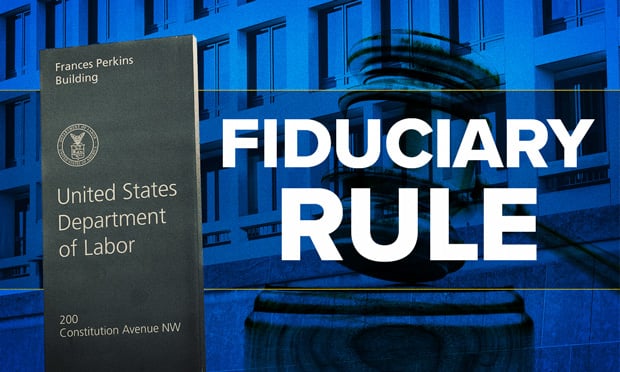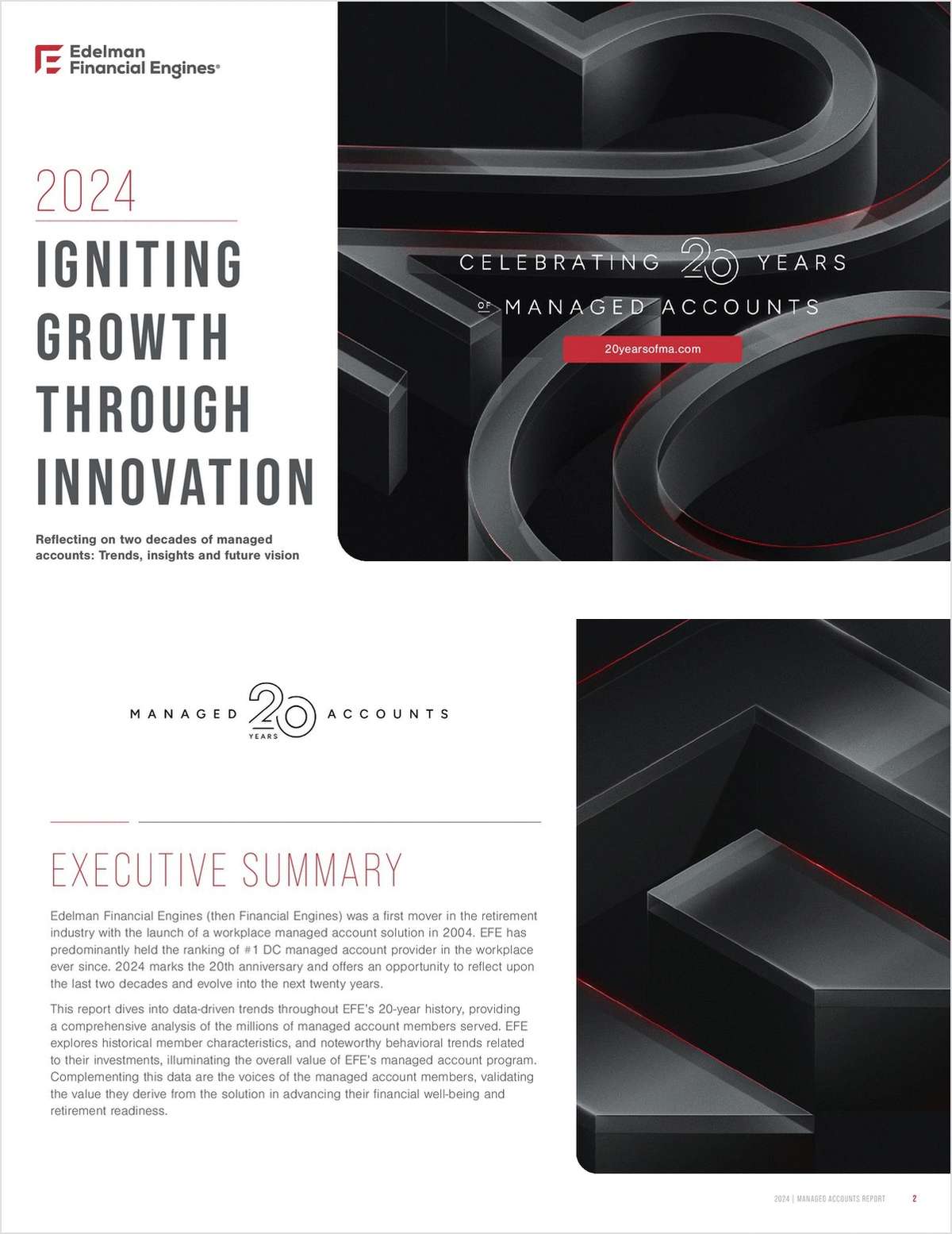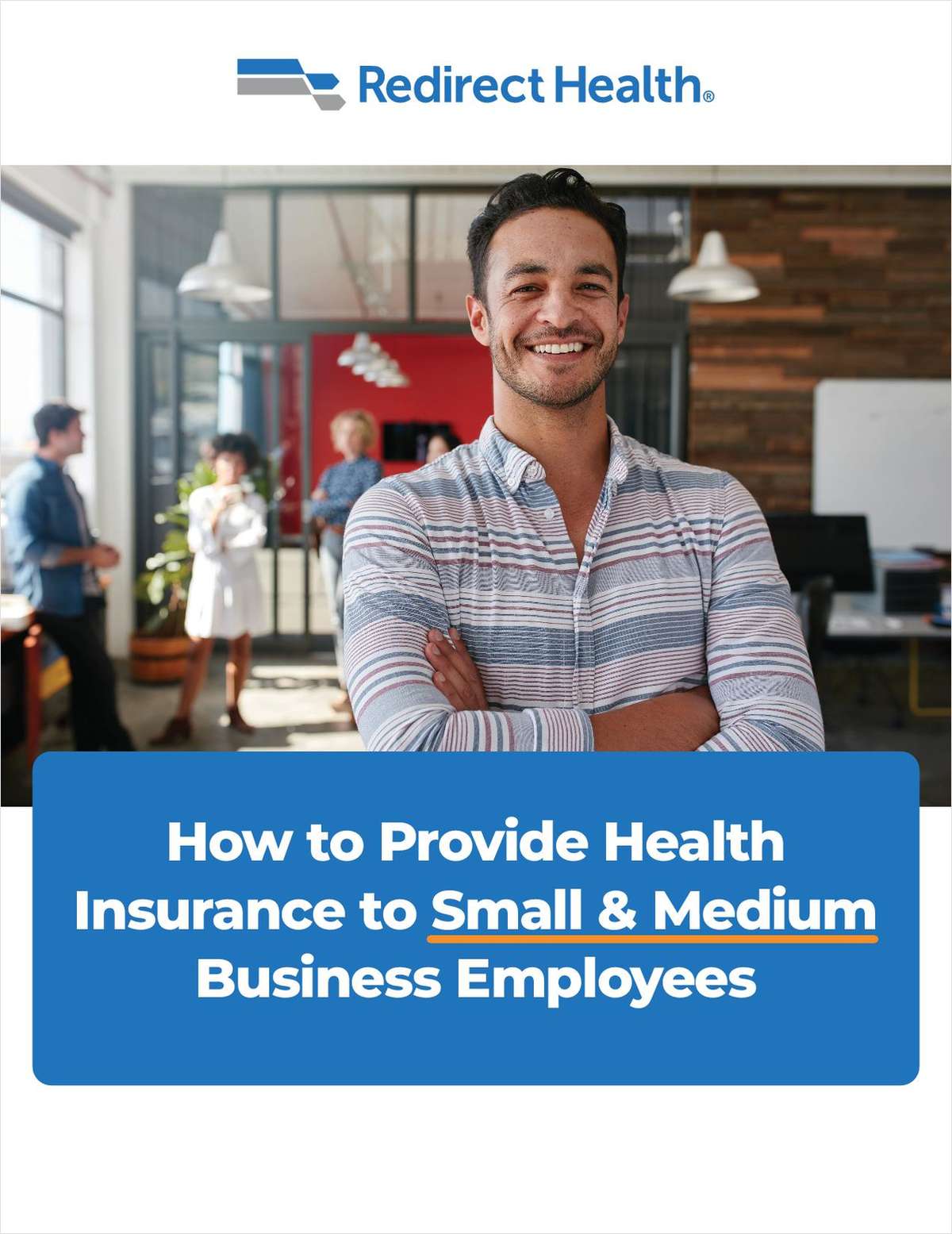 Paid online advertising is a great way to get clients fast. Google processes a staggering 3.5 billion searches daily, and the potential reach of paid advertising that shows up next to those searches is immense. For benefits advisors, navigating this space is more crucial than ever. Consider this: PPC traffic converts 50% better than organic traffic, and 42% of all digital marketing spending goes into search marketing. Furthermore, 65% of B2B companies have successfully acquired customers through LinkedIn ads, showcasing the platform's untapped potential for brokers.
Paid online advertising is a great way to get clients fast. Google processes a staggering 3.5 billion searches daily, and the potential reach of paid advertising that shows up next to those searches is immense. For benefits advisors, navigating this space is more crucial than ever. Consider this: PPC traffic converts 50% better than organic traffic, and 42% of all digital marketing spending goes into search marketing. Furthermore, 65% of B2B companies have successfully acquired customers through LinkedIn ads, showcasing the platform's untapped potential for brokers.
As we delve into 2024, the digital advertising landscape continues to evolve at a breakneck pace, demanding a strategic and well-informed approach from benefits brokers. Whether you're looking to fine-tune your current strategy or explore new avenues for growth, I'll cover some high-level ideas. This article is designed to help you optimize your ad spend and maximize return on investment (ROI), ensuring that every dollar you invest works harder to bring tangible results in a competitive market. By embracing the insights and strategies outlined here, you can transform your paid advertising efforts from mere clicks to valuable, lasting client relationships.
Defining your paid advertising goals
In the realm of paid advertising, setting clear and specific goals is paramount for any benefits consultant looking to make a real impact. It's not just about increasing brand awareness; it's about knowing what you want to achieve with each ad campaign and how it aligns with your overall business objectives.
- Identify specific, measurable goals – Start by defining what success looks like for your campaign. Is it generating a set number of leads? Driving a targeted amount of traffic to your website? Or perhaps increasing engagement with your brand? By setting specific, measurable goals, you create a clear benchmark for success. This could be a 20% increase in leads generated through LinkedIn ads or a 30% surge in website visits via Google Ads. Having these quantifiable objectives allows you to not only track progress but also make data-driven adjustments to your campaigns.
- Know your audience – Understanding who you are targeting is critical. Your audience, likely comprised of HR professionals and members of the C-suite with a lot of different titles, will each have unique pain points and online behaviors. Are they seeking innovative employee benefits solutions? Are they grappling with employee retention issues? Dive into demographic data, industry trends, and online activity patterns to gain a comprehensive understanding of your audience. This knowledge enables you to tailor your messaging and choose ad platforms that are most likely to reach and resonate with your target audience.
- Align with your funnel – Each stage of the buyer's journey – awareness, consideration, decision – requires a different approach in your advertising strategy. For those at the top of the funnel, your goal might be to build awareness and educate about your services. Here, broader messaging and lead magnet content can pique interest. As potential clients move down the funnel, your ads should become more specific, focusing on how your services solve their specific problems, and why they should choose you over competitors. You might need to create the content that aligns with this stage. This alignment ensures that your advertising efforts are not only reaching the right audience but are also delivering the right message at the right time, significantly enhancing the effectiveness of your campaigns.
Choosing the right platforms and channels
For benefits advisors, tapping into the right advertising platforms and channels is critical to ensure that your message reaches the intended audience effectively. While there are numerous options available, three platforms have proven particularly effective for brokers based on my experience: Google Ads, LinkedIn, and retargeting.
- Google Ads is a versatile tool, especially beneficial for brokers targeting specific local areas. This platform allows you to tailor your campaigns geographically, ensuring that your ads are displayed to potential clients in the regions you serve. Whether you're focusing on a particular city, area, or even a specific set of zip codes, Google Ads provides the flexibility to concentrate your efforts where they matter most. This local targeting can be incredibly effective in reaching HR managers and business owners looking for benefits solutions in their vicinity.
- LinkedIn is a powerhouse for B2B advertising, making it an ideal platform for benefits brokers. This professional network allows you to craft compelling ad copy and visuals that resonate with your target audience. With LinkedIn, you can fine-tune your targeting based on job titles, industries, company sizes, and even specific companies. This level of specificity ensures that your ads are seen by HR professionals and decision-makers who are most likely to be interested in the services you offer.
- Retargeting is a powerful strategy to re-engage individuals who have already shown interest in your services. By targeting users who have visited your website or interacted with your previous ads, retargeting campaigns serve personalized ads that remind and encourage them to take action. This method increases the likelihood of conversion, as it focuses on individuals who are already aware of your brand and have demonstrated an interest in your offerings. Retargeting is the number one channel for a positive ROI.
Crafting compelling ad copy that converts
The journey from a click to a client begins with crafting ad copy that resonates and compels. This process starts with headlines that immediately hook your audience – clear, concise, and emphasizing the benefits your agency offers. The accompanying messaging should address the specific pain points of your target audience, showcasing your solutions in a way that speaks directly to the needs of HR professionals and business owners. Complement this with strong, persuasive calls to action (CTAs) that guide users to the next step, whether it's visiting your website or getting in touch. To ensure your ad copy hits the mark, engage in A/B testing, experimenting with different headlines, messages, and CTAs to determine what resonates best with your audience. This continuous improvement approach allows you to refine your messaging for maximum impact and effectiveness.
Continue Reading for Free
Register and gain access to:
- Breaking benefits news and analysis, on-site and via our newsletters and custom alerts
- Educational webcasts, white papers, and ebooks from industry thought leaders
- Critical converage of the property casualty insurance and financial advisory markets on our other ALM sites, PropertyCasualty360 and ThinkAdvisor
Already have an account? Sign In Now
© 2024 ALM Global, LLC, All Rights Reserved. Request academic re-use from www.copyright.com. All other uses, submit a request to [email protected]. For more information visit Asset & Logo Licensing.








